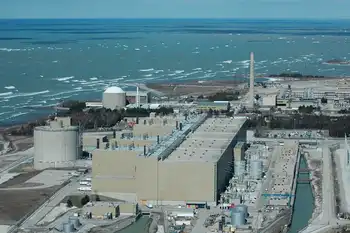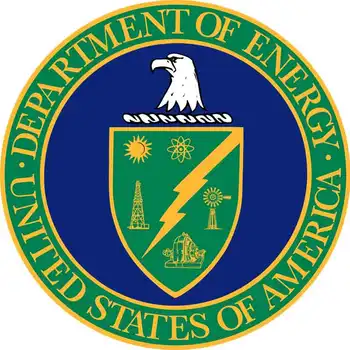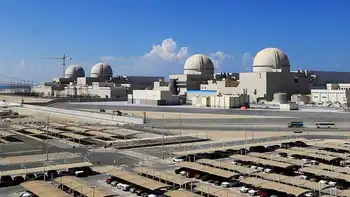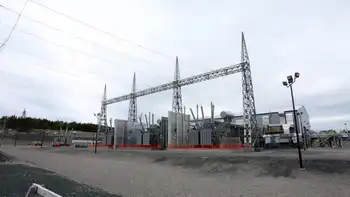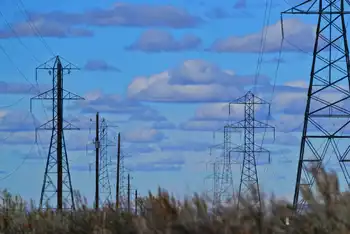Exploding myths on energy, environment
By Washington Examiner
Substation Relay Protection Training
Our customized live online or in‑person group training can be delivered to your staff at your location.

- Live Online
- 12 hours Instructor-led
- Group Training Available
To ensure continued access to the reliable, affordable energy that is the lifeblood of our nationÂ’s economy, policies must be rooted in facts and realities, not myths and pipedreams.
Unfortunately, results from a new survey conducted for the Manhattan Institute by Zogby Associates illustrate that a majority of AmericansÂ’ ideas on energy and the environment are not based in fact. For example, 49% of respondents believe Saudi Arabia exports the most oil to the U.S., while just 13% correctly identified Canada as our top foreign supplier.
Over two-thirds believe that we can meet future energy demand through conservation and efficiency — but energy usage has historically increased alongside efficiency gains, and conservation provides only marginal consumption reductions.
Environmentalists tout wind and solar power, but collectively these sources generate less than 1% of our electricity. They are significantly more costly than their conventional counterparts — coal and oil — and provide power too intermittently to be added to our electric grid in large volumes.
Still, over 49% believe renewable energies will soon replace conventional power sources, even while the Energy Information Administration projects that 85% of our electricity in 2030 will be generated by fossil fuels and uranium.
No new nuclear reactor has been built in the U.S. in three decades, though 104 nuclear-power plants safely produce one-fifth of our nation’s electricity — with virtually zero carbon-dioxide emissions. No one has ever died from the actual production of U.S. nuclear power, a fact known by just 37% of respondents.
WeÂ’re warned that catastrophes might result from global warming unless we reduce our carbon footprint, though very little of the carbon dioxide entering the atmosphere is caused by human activities. Yet 63% of respondents believe human activities are the greatest source of greenhouse gases.
Moreover, we donÂ’t know how, if at all, actions to reduce emissions will benefit the global climate, particularly since projections show our future emissions will be dwarfed by developing nations, namely China. All we do know is that any such carbon-reduction plans will come with a hefty price tag.
Finally, weÂ’re told we need to become energy independent, but vast areas of our natural-resource rich public lands and offshore waters are off-limits to extraction. WeÂ’re blessed with tremendous reserves of coal and uranium, yet coal and nuclear power are taboo. Ninety-one percent of our electricity is generated by fossil fuels and uranium, but instead of continuing to extract such resources safely, we put our hopes in alternative energies and fuels that are economically and technologically incapable of meeting large-scale energy needs.
From the largest corporations to lone consumers, higher energy costs affect everyone, ultimately raising the prices of other goods and services. Nonetheless, the Obama administration has made it clear that achieving its environmental goals will, by necessity, make energy more expensive.
It plans to spend of billions of taxpayer dollars to try to alter the global climate, prop up fledgling renewable energies and alternative fuels, and artificially create subsidized “green” jobs — while shunning the very resources that have successfully powered our economy and our standard of living. The more prudent path is to pursue new resources and technologies that might one day make meaningful contributions to our energy supply — while not turning our backs on what sustains us.
A fact-based, energy reality check is a good place to start meeting our needs today and planning for tomorrow.





